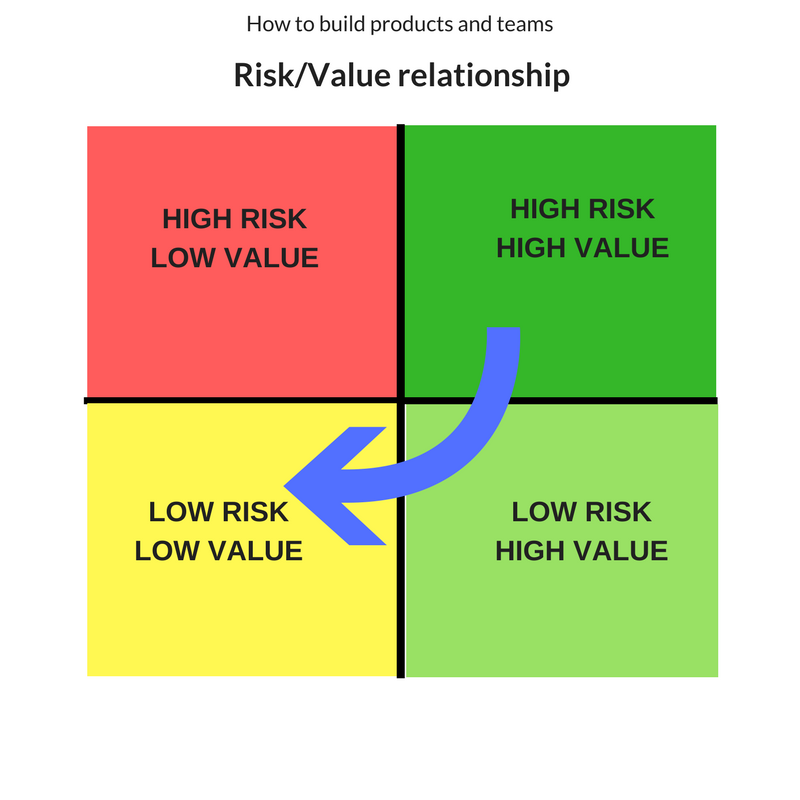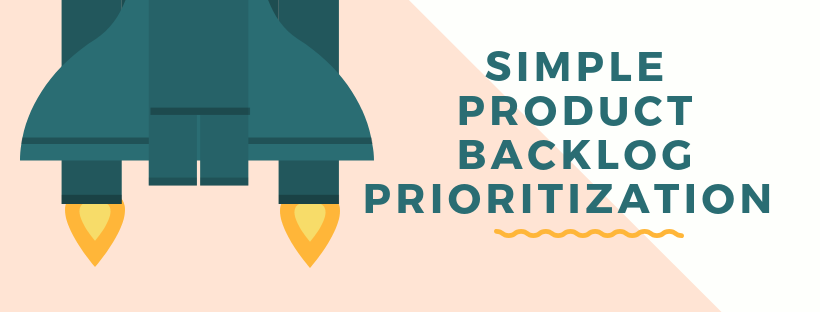Prioritization is the key to successful product management. There are lots of tools which help the team to prioritize the tasks and keep the track on progress. Remember, it doesn’t matter which tool you’re using if you can’t set the right priorities.
A while ago Intercom wrote about simple prioritization for product managers.
I’d like to share with you a different approach for backlog prioritization. This way of defining priorities was described by Mike Cohn in his book Agile Estimating and Planning.
It doesn’t matter which tool you’re using if you can’t set the right priorities.
What we’ll take into account:
Value
The business value of having the features. How much money we’ll make or save by having this feature. Sometimes it’s hard to predict or estimate the exact amount of gains or savings which we’ll have after feature implementation. Just give your best guess, this will be enough for setting priorities.
Cost
The cost of developing and supporting the new features:
- Estimated amount of billable hours, days or weeks
- Costs of licenses, tools, anything that will generate costs during the implementation
- Investments in infrastructure or maintenance
Risk
The amount of risk we might face during the implementation.
- schedule risk (“We might not be done by October”)
- cost risk (“We might not be able to buy hardware for the right price”)
- functionality risks (“We might not be able to get that to work”)
But also it might be considered as the amount of risk removed by developing the features. Imagine we’re starting to use new technology and there is a risk that we might not meet our deadline. But if working with this yet unknown technology at the moment will bring more value after finishing implementation and reduce the risk of future failures, it worth trying to go with it earlier.
Gained Knowledge
The amount and significance of learning and new knowledge created by developing the features.
- Product knowledge. After implementation of this feature we’ll know what to build and not to build next. This is very important for future decisions.
- Project knowledge. The knowledge about the processes and techniques. After working on current feature we’ll know how to build the next ones.
Simple Backlog Prioritizer
We prepared a table which will help you to prioritize the features, projects or epics in your product backlog. Feel free to copy it and modify on your own use.

How to use this Simple Backlog Prioritizer:
- List all your features/larger projects
- Calculate the value. It could be put in money, or just in relative equivalent like on example
- Estimate the cost. Again you shouldn’t be too precise in those estimates.
- Evaluate the risk. You could just use a scale 1–10.
- The table will automatically put the feature with the best Value/Cost rate at the top. This is the feature you want to work on! The one which brings more value with less investment in implementation.
If you have features with similar Value/Cost ratio go to Value & Risk Rank.

The smaller the number in the column the higher the risk and value combined. Based on your risk tolerance at the moment you might be interested in starting developing the riskier feature which might bring more value to the users and product itself.
